Home>Garden Essentials>When Should Tomato Seeds Be Planted
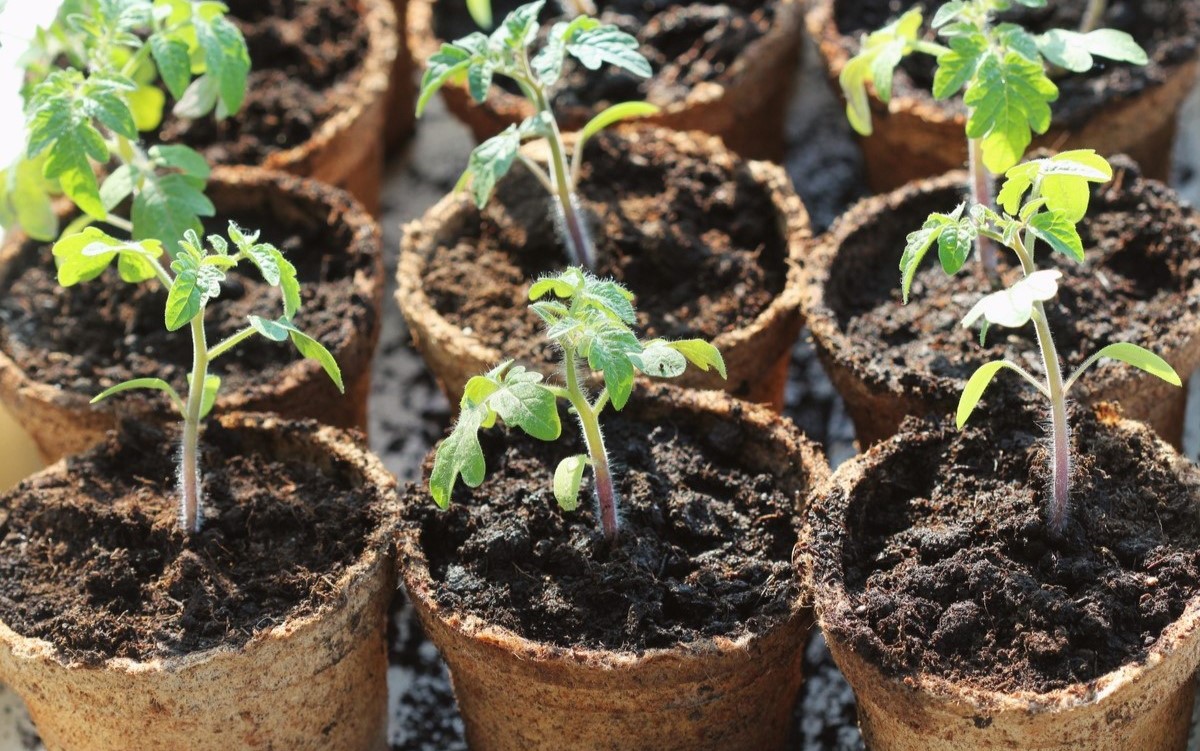

Garden Essentials
When Should Tomato Seeds Be Planted
Modified: March 15, 2024
Discover the optimal time to plant tomato seeds in your garden for a bountiful harvest. Learn when to sow and cultivate your tomato plants for a successful gardening season.
(Many of the links in this article redirect to a specific reviewed product. Your purchase of these products through affiliate links helps to generate commission for Storables.com, at no extra cost. Learn more)
Introduction
Planting tomato seeds is an exciting endeavor for gardeners, whether they are beginners or experienced horticulturists. Knowing when to plant tomato seeds is crucial for a successful growing season. In this article, we will explore the factors to consider when determining the ideal time for planting tomato seeds, including climate and growing zone, seed starting methods, the last frost date, recommended planting time, soil preparation, watering and care, and common mistakes to avoid.
Tomatoes are warm-season plants that thrive in moderate to warm temperatures. They require a minimum soil temperature of 50°F (10°C) to germinate and prefer daytime temperatures between 70°F – 85°F (21°C – 29°C) for optimal growth. Planting tomato seeds too early, when temperatures are still cool, can result in poor germination or stunted growth. Conversely, planting them too late can lead to a shortened growing season and reduced harvest.
By considering several key factors, you can determine the best time to plant tomato seeds in your garden. Let’s discuss these factors in more detail to help you make informed decisions and maximize your tomato harvest.
Key Takeaways:
- Timing is crucial when planting tomato seeds. Consider climate, last frost date, and seed starting method to ensure a successful harvest.
- Proper soil preparation, watering, and care are essential for healthy tomato plants. Avoid common mistakes and enjoy a bountiful harvest.
Read more: When Should I Plant Tomato Seeds
Factors to Consider
When deciding the appropriate time to plant tomato seeds, several factors need to be taken into consideration. These factors include the climate and growing zone in which you live, the seed starting method you plan to use, and the last frost date in your area.
Climate and Growing Zone: Different tomato varieties have different requirements when it comes to temperature and sunlight. It is essential to know your climate and growing zone to select the appropriate tomato varieties for your region. Tomatoes generally thrive in regions with long, warm summers. Understanding your climate can help determine if you should start your tomato seeds indoors or directly sow them outdoors.
Seed Starting Method: There are two main methods for starting tomato seeds: indoor and outdoor. Indoor seed starting involves sowing tomato seeds indoors in containers, providing them with optimal growing conditions until they are ready to be transplanted outside. Outdoor seed starting, on the other hand, involves directly sowing the seeds in the garden once the soil has warmed up and all danger of frost has passed. Each method has its advantages and disadvantages, so it’s important to choose the one that best suits your gardening style and the conditions in your area.
Last Frost Date: The last frost date is the estimated date when the last frost of the season is expected to occur in your area. It is a crucial piece of information for determining when to plant tomato seeds. Tomatoes are sensitive to cold temperatures, and planting them before the last frost can result in frost damage or even death. Knowing the last frost date allows you to plan your planting schedule accordingly and ensure that your tomato plants are not exposed to frosty conditions.
Considering these factors will help you determine the most suitable time to plant your tomato seeds. In the following sections, we will delve deeper into each factor and provide guidance to help you make informed decisions for a successful tomato-growing experience.
Climate and Growing Zone
Understanding the climate and growing zone of your region is crucial when deciding when to plant tomato seeds. Different tomato varieties have specific temperature and sunlight requirements, and planting them at the wrong time can have detrimental effects on their growth and overall productivity.
Temperature: Tomatoes are warm-season plants that thrive in moderate to warm temperatures. They require a minimum soil temperature of 50°F (10°C) for germination and prefer daytime temperatures between 70°F – 85°F (21°C – 29°C) for optimal growth. If the temperatures are too low, the seeds may not germinate, and the plants may experience stunted growth. On the other hand, extremely high temperatures can cause blossom drop and reduce fruit set. Understanding the average temperature patterns in your area will help you determine the best time to sow tomato seeds.
Sunlight: Tomatoes require full sun exposure to produce an abundant harvest. They need at least six to eight hours of direct sunlight each day for proper growth and development. If your growing area receives limited sunlight, consider planting determinate varieties that are known to produce a crop in less sunny conditions. Alternatively, you can provide shade cloth or strategically plan your garden to maximize sun exposure for your tomato plants.
Growing Zone: The United States Department of Agriculture (USDA) has divided North America into several climate zones based on average minimum temperatures. These zones, known as USDA Hardiness Zones, range from Zone 1 (coldest) to Zone 13 (hottest). Different tomato varieties thrive in different zones, and knowing your specific growing zone will ensure you select varieties that are best suited for your climate. Understanding your growing zone will also give you valuable information about frost dates and growing season length.
By researching and understanding the climate and growing zone of your region, you can choose tomato varieties that are most likely to thrive in your area. This knowledge will help you determine when to start tomato seeds indoors or directly sow them outdoors, ensuring that they receive the optimal growing conditions they need for a successful harvest.
Seed Starting Method
When it comes to planting tomato seeds, there are two main methods to choose from: indoor seed starting and outdoor seed starting. Each method has its advantages and disadvantages, and the choice ultimately depends on your preferences, available resources, and the conditions in your area.
Indoor Seed Starting: Indoor seed starting involves sowing tomato seeds indoors, typically in small containers or seed trays, and providing them with optimal growing conditions until they are ready to be transplanted outdoors. This method offers several benefits:
- Extended Growing Season: By starting seeds indoors, you can get a head start on the growing season. This is especially useful in regions with shorter growing seasons or climates where spring temperatures can be unpredictable.
- Controlled Environment: Indoors, you have greater control over temperature, humidity, and light conditions, which can result in healthier and stronger seedlings.
- Protection from Pests: Starting seeds indoors minimizes the risk of pests and diseases that may be present in your garden soil.
- Transplant Flexibility: With indoor seed starting, you have the flexibility to transplant your seedlings when the weather and soil conditions are optimal for their growth.
However, indoor seed starting also requires careful monitoring and attention. It involves providing adequate light, maintaining optimal temperature and humidity levels, and transplanting the seedlings at the right time to avoid them becoming root-bound. Additionally, you will need space indoors to accommodate the seed trays or containers and proper lighting systems such as grow lights to ensure the seedlings receive sufficient light.
Outdoor Seed Starting: Outdoor seed starting involves directly sowing tomato seeds in the garden once the soil has warmed up and all danger of frost has passed. This method can be advantageous in specific situations:
- Simplicity and Convenience: Outdoor seed starting eliminates the need for indoor space, lighting equipment, and the extra care required for seedlings.
- Cost-Effective: If you have a large garden, starting seeds outdoors can be more cost-effective, as you won’t need to purchase additional containers or equipment.
- Minimal Transplant Shock: Sowing seeds directly in the garden can reduce the risk of transplant shock since the seedlings will not experience the disruption of being moved from indoor to outdoor environments.
However, outdoor seed starting is more dependent on weather conditions, and planting too early can risk exposure to frost or other unfavorable weather conditions. It may also result in a slightly delayed harvest compared to indoor seed starting.
Consider your specific circumstances, including available space, resources, and the climate in your area, when choosing the seed starting method for your tomato seeds. Both methods can be successful, and you can even combine them to take advantage of their respective benefits. It’s essential to provide the right conditions and care for your seedlings, regardless of the method you choose, to ensure healthy and vigorous tomato plants.
Indoor Seed Starting
Indoor seed starting is a popular method that allows gardeners to get a head start on the growing season and ensure a healthy crop of tomatoes. By starting tomato seeds indoors, you can control the environment and provide the optimal conditions for seed germination and seedling growth. Here’s a step-by-step guide to help you successfully start tomato seeds indoors:
- Gather Supplies: Collect all the necessary supplies, including seed trays or containers, seed-starting mix, tomato seeds, water, and labeling materials.
- Select a Location: Choose a suitable location for your indoor seed starting setup. It should be a warm area with access to natural light or artificial lighting, such as grow lights. Ensure the space is well-ventilated and away from drafts.
- Prepare Seed Trays: Fill seed trays or small containers with seed-starting mix, leaving a small gap at the top. Moisten the soil mix with water to ensure proper moisture levels.
- Sow Tomato Seeds: Plant tomato seeds according to the packet instructions, usually ¼ to ½ inch deep. Space the seeds appropriately, ensuring they have room to grow without overcrowding.
- Label and Cover: Label each tray/container with the tomato variety and the sowing date. Cover the trays/containers with plastic wrap or a clear plastic dome to create a humid environment that promotes germination.
- Provide Proper Lighting: Place the seed trays/containers in a location with adequate light. If using artificial lighting, position the grow lights 2-4 inches above the seedlings to provide sufficient light. Adjust the height as the seedlings grow.
- Maintain Temperature and Moisture: Keep the soil consistently moist but not soggy. Provide bottom heat using a seedling heat mat if the ambient temperature is below the optimal range for germination (around 70°F).
- Thin and Transplant: Once the seedlings have developed their first true leaves, thin them out by removing weaker seedlings to promote stronger growth. Transplant the seedlings into larger containers once they have outgrown their initial cells.
- Harden Off and Plant Outdoors: Before transplanting seedlings outdoors, gradually expose them to outdoor conditions over a period of one to two weeks. Start with a few hours of outdoor exposure and gradually increase the duration. Transplant the hardened-off seedlings into the garden after the last frost date.
Indoor seed starting allows you to control the growing environment and gives your tomato plants a head start. It helps ensure a consistent and successful crop, especially in areas with shorter growing seasons. By following these steps and providing the necessary care, you can enjoy healthy, robust tomato plants that will provide bountiful harvests for you to enjoy throughout the season.
Read more: When To Plant Tomato Seeds Indoors
Outdoor Seed Starting
Outdoor seed starting is a straightforward and convenient method for planting tomato seeds directly in the garden. This method eliminates the need for indoor space and provides a more natural growing environment for the tomato plants. Here are the essential steps to successfully start tomato seeds outdoors:
- Wait for the Right Time: Determine the last frost date for your area. It’s crucial to wait until after the last frost before sowing tomato seeds outdoors. Planting too early can expose the seedlings to frost, which can be detrimental to their growth.
- Select a Sunny Location: Choose a sunny location in your garden for your tomato plants. Tomatoes require at least six to eight hours of direct sunlight per day to thrive. Ensure that the soil in the chosen spot is fertile, well-draining, and rich in organic matter.
- Prepare the Soil: Prepare the soil by removing any weeds or debris and loosening it with a garden fork or tiller. Incorporate compost or well-rotted manure to improve soil fertility and water retention. Ensure that the soil is evenly moist but not waterlogged.
- Sow the Tomato Seeds: Dig small, shallow trenches or individual holes in the prepared soil. Space the seeds according to the recommended spacing on the seed packet, usually 1-2 feet apart. Place the seeds in the soil, cover them lightly with soil, and gently firm the soil around them.
- Water and Mulch: After sowing the seeds, water the area thoroughly to ensure good seed-to-soil contact. Apply a layer of organic mulch, such as straw or compost, to help conserve moisture, suppress weed growth, and regulate soil temperature.
- Provide Care and Maintenance: Keep the soil evenly moist in the early stages to aid seed germination. As the seedlings emerge and grow, water them deeply but infrequently, allowing the top inch of soil to dry out between waterings. Monitor the plants for any signs of pests or diseases and take necessary measures to control them.
- Sucker and Stake the Tomato Plants: Once the tomato plants have reached a few inches in height, begin pruning or “suckering” them by removing the new growth that sprouts in the leaf axils. Stake or cage the plants to provide support as they grow and prevent the vines from sprawling on the ground.
- Harvest and Enjoy: As the tomato plants mature, monitor them regularly for ripe fruits. Harvest the fruits when they are fully colored and have reached the desired ripeness. Enjoy the delicious taste of homegrown tomatoes in your salads, sauces, and other culinary creations.
Outdoor seed starting is a convenient method that allows for a more hands-off approach to growing tomatoes. It takes advantage of the natural conditions in your garden and eliminates the need for indoor space and equipment. By following these steps and providing proper care, you can have a successful harvest of fresh, flavorful tomatoes from your outdoor-sown seeds.
Tomato seeds should be planted indoors 6-8 weeks before the last frost date in your area. This will give them enough time to grow into healthy seedlings before being transplanted outdoors.
Last Frost Date
The last frost date is a critical piece of information for gardeners when determining when to plant tomato seeds. Frost can cause significant damage to tender tomato plants, so it’s crucial to wait until the risk of frost has passed before planting them outdoors.
The last frost date refers to the estimated date when the final frost of the season is likely to occur in your area. It is determined by historical weather data and can vary from region to region. To find the last frost date for your specific location, you can consult local gardening resources, agricultural extension services, or online tools that provide frost date calculators.
Knowing the last frost date allows you to plan your planting schedule accordingly and ensure that your tomato plants avoid exposure to frosty conditions. Planting too early can lead to frost damage, stunted growth, or even the death of the plants. It is better to be patient and wait for the appropriate time to sow your tomato seeds.
Keep in mind that the last frost date is an average estimation, and weather patterns can vary from year to year. While it serves as a useful guideline, it’s essential to stay vigilant and monitor weather forecasts, as unexpected late frosts can still occur.
If you are starting tomato seeds indoors, the last frost date also helps determine when to begin the indoor seed starting process. Count back from the last frost date based on the seed packet’s recommended number of weeks to start seeds indoors. This allows you to ensure that your tomato seedlings will be ready for transplanting outdoors after the last frost.
By being aware of the last frost date and using it as a reference, you can avoid the risk of frost damage to your tomato plants and maximize their growth and productivity. It’s an important aspect of successful tomato cultivation and ensures a bountiful harvest later in the season.
Recommended Planting Time
The recommended planting time for tomato seeds depends on various factors, including your climate zone, the specific tomato variety, and whether you are starting seeds indoors or directly sowing them outdoors.
For most gardeners, it is generally recommended to start tomato seeds indoors about 6-8 weeks before the last frost date in your area. This allows enough time for the seeds to germinate, develop into sturdy seedlings, and be ready for transplanting outdoors once the danger of frost has passed.
If you are starting seeds indoors, count back from the last frost date to determine the optimal time to sow tomato seeds. Consider the recommended number of weeks for seed germination and seedling growth provided on the seed packet, as different tomato varieties have different growth rates.
For example, if the last frost date in your area is around mid-May, you would start sowing your tomato seeds indoors in early to mid-March. This timing provides adequate time for the seeds to germinate, develop into healthy seedlings, and be ready for transplanting outdoors after the last frost.
If you live in a region with a longer growing season or a mild climate, you may have the option to directly sow tomato seeds outdoors after the last frost date. In such cases, you can sow the seeds in the garden around the time when the soil has warmed up and all danger of frost has passed. This typically occurs in late spring or early summer, depending on your specific location.
It’s important to note that tomato plants thrive in warm temperatures. They require a minimum soil temperature of 50°F (10°C) for germination and prefer daytime temperatures between 70°F – 85°F (21°C – 29°C) for optimal growth. It’s beneficial to monitor the weather forecast and ensure that the soil and air temperatures are suitable for tomato seed germination and plant growth before sowing the seeds outdoors.
Ultimately, the recommended planting time for tomato seeds is specific to your particular conditions. Consider your climate, growing zone, and the specific requirements of the tomato variety you are planting. By carefully timing your seed sowing, you can give your tomato plants the best possible start and set the stage for a successful and abundant harvest.
Soil Preparation
Proper soil preparation is essential for the successful growth and development of tomato plants. By ensuring that your soil is well-prepared, you create a favorable environment for healthy root growth, nutrient absorption, and overall plant vigor. Here are some steps to follow for effective soil preparation:
- Remove Weeds and Debris: Clear the planting area of any weeds, rocks, or debris that may hinder seed germination or interfere with plant growth. This allows for an unobstructed space for your tomato plants.
- Loosen the Soil: Use a garden fork or a tiller to loosen the soil to a depth of 8 to 12 inches. This process helps to break up compacted soil, improves drainage, and promotes root penetration.
- Amend the Soil: Add organic matter such as compost, well-rotted manure, or aged leaf mold to improve soil structure and fertility. Organic matter enhances moisture retention, promotes nutrient availability, and encourages beneficial microbial activity in the soil.
- Test Soil pH: It’s recommended to test your soil’s pH level. Tomatoes prefer a slightly acidic soil with pH levels between 6.0 and 6.8. If the pH level is outside this range, amend the soil accordingly to bring it within the preferred range.
- Balance Nutrients: Tomatoes are heavy feeders and require an adequate supply of nutrients for healthy growth. Before planting, incorporate a balanced fertilizer or organic amendments high in phosphorus and potassium to support root development and fruit production.
- Avoid Excess Nitrogen: While nitrogen is essential for plant growth, excessive nitrogen can result in excessive vegetative growth at the expense of fruit production. Avoid nitrogen-rich fertilizers or amendments at the time of planting, as it can result in lush foliage and reduced fruiting.
- Ensure Proper Drainage: Tomato plants prefer well-draining soil to prevent waterlogging and root rot. If your soil has poor drainage, consider incorporating organic matter or amending with sand or perlite to improve drainage.
- Prepare Planting Holes: Dig planting holes for your tomato plants that are wide and deep enough to accommodate the root ball. Space the holes at least 2 to 3 feet apart to provide ample room for plant growth and airflow.
- Water the Soil: Before planting, thoroughly water the soil to ensure proper moisture levels. This reduces transplant shock and provides a good starting environment for the young tomato plants.
By implementing these soil preparation steps, you create an optimal growing environment for your tomato plants. The enhanced soil structure, improved nutrient levels, and balanced pH will promote healthy root development and vigorous growth. This, in turn, increases the chances of a successful and productive tomato harvest. Remember to continuously monitor the soil moisture levels and provide appropriate watering and maintenance throughout the growing season to ensure optimal growing conditions for your tomato plants.
Read more: When Do I Plant Tomato Seeds
Watering and Care
Proper watering and care are crucial for the health and productivity of tomato plants. Consistent watering, timely feeding, and regular maintenance will help ensure optimal growth and maximize your tomato harvest. Here are some essential watering and care tips to keep in mind:
Watering:
- Consistent Moisture: Tomatoes require consistent moisture, especially during hot, dry periods. It’s essential to provide them with regular watering, aiming to keep the soil evenly moist but not waterlogged. Avoid allowing the soil to dry out completely between watering sessions.
- Deep Watering: When watering, ensure that the moisture reaches the deeper root zone. Deep watering encourages the roots to grow deeply into the soil and promotes plant stability. Water the soil around the base of the plants rather than wetting the foliage, as wet leaves can increase the risk of disease.
- Mulching: Apply a layer of organic mulch, such as straw or mulch, around the base of the tomato plants. Mulching helps retain soil moisture, reduce weed growth, and regulate soil temperature. Leave a small gap between the mulch and the stem to prevent stem rot.
- Watering Frequency: Adjust the watering frequency based on weather conditions. During hot or dry spells, you may need to increase the frequency of watering to ensure adequate moisture levels. Monitor the soil moisture through regular checks and adjust watering as needed.
Feeding and Fertilizing:
- Provide Balanced Nutrition: Tomatoes are heavy feeders and require regular fertilization to thrive. Prior to planting, incorporate a balanced fertilizer or organic amendments rich in phosphorus and potassium. This provides the essential nutrients necessary for root development, flower formation, and fruit production.
- Side-Dress Fertilizer: As the tomato plants grow, consider side-dressing them with additional fertilizer during the growing season. This can be done by applying a slow-release fertilizer or organic compost around the base of the plants. Follow the instructions on the fertilizer package for the recommended rates and frequency.
- Monitor Nutrient Deficiencies: Watch for signs of nutrient deficiencies, such as yellowing leaves or stunted growth. If necessary, correct deficiencies by foliar feeding or applying a suitable liquid fertilizer as directed.
Maintenance:
- Pruning: Regularly remove suckers or new growth that sprouts in the leaf axils to focus the plant’s energy on fruit production. Pruning also improves airflow and reduces the risk of diseases.
- Support: Stake or cage your tomato plants to provide support and prevent sprawling. This promotes better air circulation and helps prevent the plants from falling over due to the weight of the fruits.
- Pest and Disease Management: Monitor your tomato plants for common pests such as aphids, tomato hornworms, or fungal diseases like early blight or powdery mildew. Promptly address any pest or disease issues using organic methods or suitable treatments to prevent further damage.
- Harvesting: Regularly inspect your plants for ripe fruits and harvest them when they have reached their desired stage of ripeness. Gently twist or cut the tomatoes from the vine to avoid damaging the plant.
By following these watering and care practices, you provide the necessary attention and maintenance required for healthy and productive tomato plants. Consistent watering, proper feeding, and regular maintenance help ensure strong growth, disease prevention, and a bountiful harvest of delicious homegrown tomatoes.
Common Mistakes to Avoid
Growing tomatoes can be a rewarding and enjoyable experience, but it’s important to avoid common mistakes that can hinder the success of your tomato plants. By being aware of these mistakes and taking proactive measures to avoid them, you can increase your chances of growing healthy, productive tomato plants. Here are some common mistakes to avoid:
- Planting Too Early: Planting tomato seeds or seedlings too early, before the last frost date, can expose them to cold temperatures and frost, leading to damage or death. Wait until the soil has warmed up and the danger of frost has passed before transplanting your tomato plants outdoors.
- Overwatering or Underwatering: Proper watering is crucial for tomato plant health. Avoid overwatering, as it can lead to root rot and other fungal diseases. Conversely, underwatering can stress the plants and result in stunted growth or blossom end rot. Maintain consistent moisture levels by watering deeply when necessary and monitoring the soil moisture regularly.
- Neglecting Nutrient Needs: Tomatoes are heavy feeders and require regular fertilization to thrive. Neglecting their nutrient needs can lead to nutrient deficiencies and poor plant growth. Ensure you provide a balanced fertilizer or organic amendments rich in phosphorus and potassium to support healthy growth and fruit production.
- Failing to Properly Support the Plants: Tomato plants can grow tall and heavy, and failing to provide them with proper support can result in sprawling, breaking of branches, and reduced airflow. Stake or cage your tomato plants at the time of planting to provide support and prevent damage to the plant and fruits.
- Pruning Too Much or Too Little: Pruning is important for tomato plants but can be overdone or neglected. Excessive pruning can limit fruit production, while insufficient pruning can lead to overcrowding and reduced airflow, increasing the risk of diseases. Learn proper pruning techniques and balance between removing excess growth and maintaining a healthy plant structure.
- Ignoring Pest and Disease Management: Pests and diseases like aphids, tomato hornworms, early blight, or powdery mildew can wreak havoc on your tomato plants if left unchecked. Regularly inspect your plants for signs of pests or diseases, and take prompt action to prevent further damage. Consider preventive measures like using organic pest control methods and practicing good garden hygiene.
- Not Rotating Crops: Planting tomatoes in the same spot year after year can deplete the soil of essential nutrients and increase the risk of soil-borne diseases. Implement crop rotation by planting tomatoes in a different area of your garden each year. This helps maintain soil health and prevents the buildup of pests and diseases specific to tomatoes.
- Improper Harvesting: Harvesting your tomatoes at the right stage of ripeness is crucial to enjoy their best flavor and quality. Avoid leaving tomatoes on the vine for too long, as they can become overripe or prone to pests. Harvest them when they are fully colored and firm to the touch.
- Not Learning from Experience: Gardening is a constant learning process. Take note of your successes and failures each season and learn from your experiences. Experiment with different varieties, techniques, and growing practices to improve your tomato growing skills and maximize your yields.
By avoiding these common mistakes and practicing good gardening techniques, you can increase your chances of success and enjoy a plentiful harvest of nutritious and delicious tomatoes. Stay observant, maintain proper care, and adapt your practices based on the needs of your plants to ensure a thriving tomato garden.
Conclusion
Growing tomatoes from seeds is a rewarding experience that allows you to enjoy fresh, flavorful fruits right from your garden. By considering various factors such as climate, seed starting methods, last frost date, and proper care, you can maximize the success of your tomato plants and ensure a bountiful harvest.
Understanding your climate and growing zone is essential for selecting the right tomato varieties that can thrive in your specific conditions. Whether you choose indoor seed starting or outdoor seed starting, each method has its advantages and can be tailored to suit your gardening preferences and available resources.
Respecting the last frost date and waiting until all danger of frost has passed is crucial to avoid damage to your tomato plants. Taking the time to properly prepare your soil by removing weeds, enhancing fertility, and maintaining proper drainage sets the foundation for healthy root development and optimal plant growth.
Consistent watering, appropriate feeding, and regular care are vital for the health and productivity of your tomatoes. Providing adequate moisture, supporting plants as they grow, and monitoring for pests and diseases all contribute to successful tomato cultivation.
By avoiding common mistakes such as planting too early, over or underwatering, neglecting nutrient needs, and inadequate support, you can ensure healthier plants and a better yield. Regular pruning, attention to pest and disease management, and proper harvesting techniques also play a significant role in the overall success of your tomato garden.
As you gain experience, learn from your triumphs and challenges, and continuously adapt your techniques and practices. Gardening is a continuous journey of discovery and improvement, and each season offers new opportunities for growth and learning.
With careful planning, proper care, and a little bit of patience, you can enjoy a fruitful harvest of homegrown tomatoes that are bursting with flavor and freshness. So, get your tomato seeds ready, prepare your soil, and embark on a tomato-growing adventure that will fill your garden and your kitchen with the vibrant beauty and delectable taste of this beloved garden favorite.
Frequently Asked Questions about When Should Tomato Seeds Be Planted
Was this page helpful?
At Storables.com, we guarantee accurate and reliable information. Our content, validated by Expert Board Contributors, is crafted following stringent Editorial Policies. We're committed to providing you with well-researched, expert-backed insights for all your informational needs.
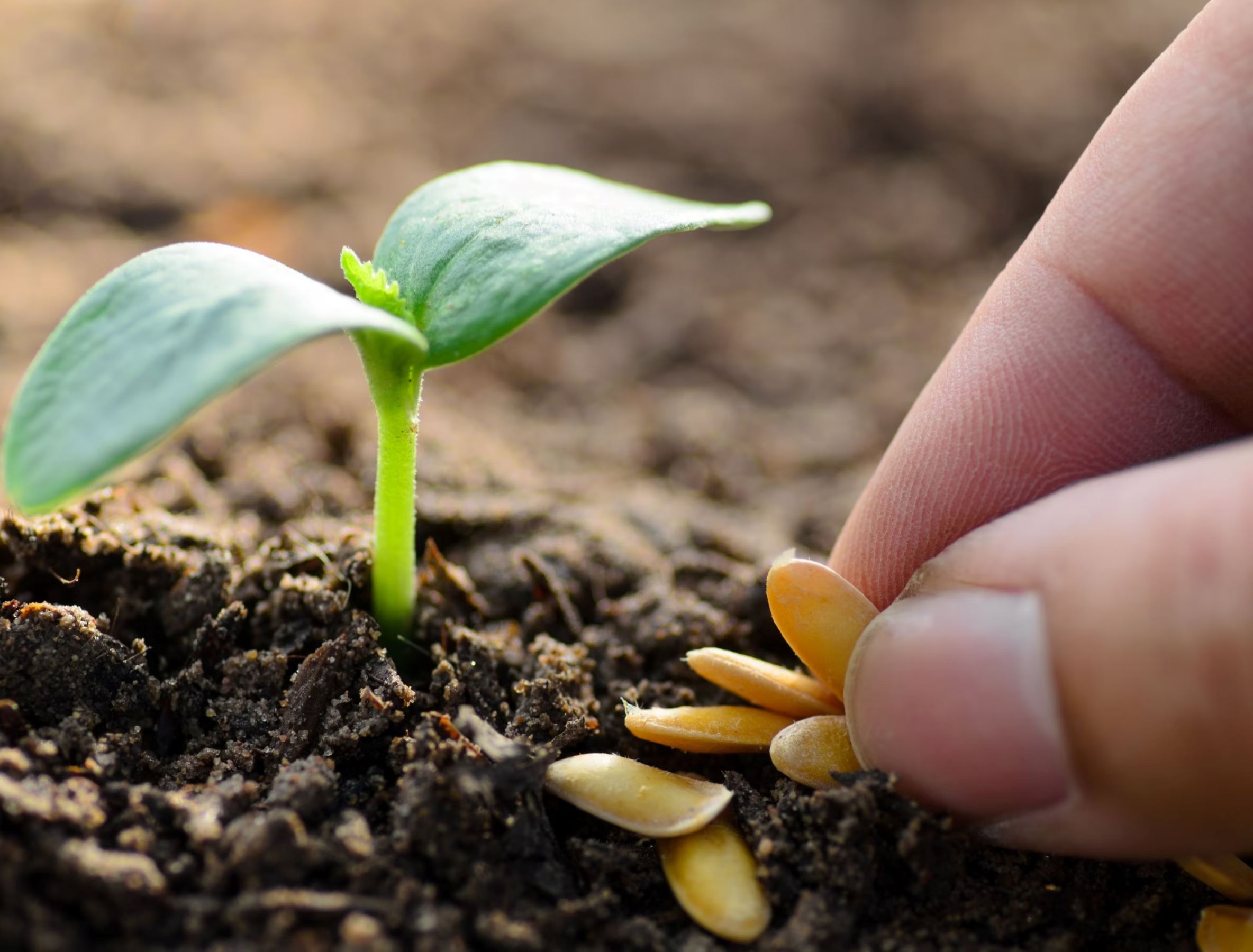
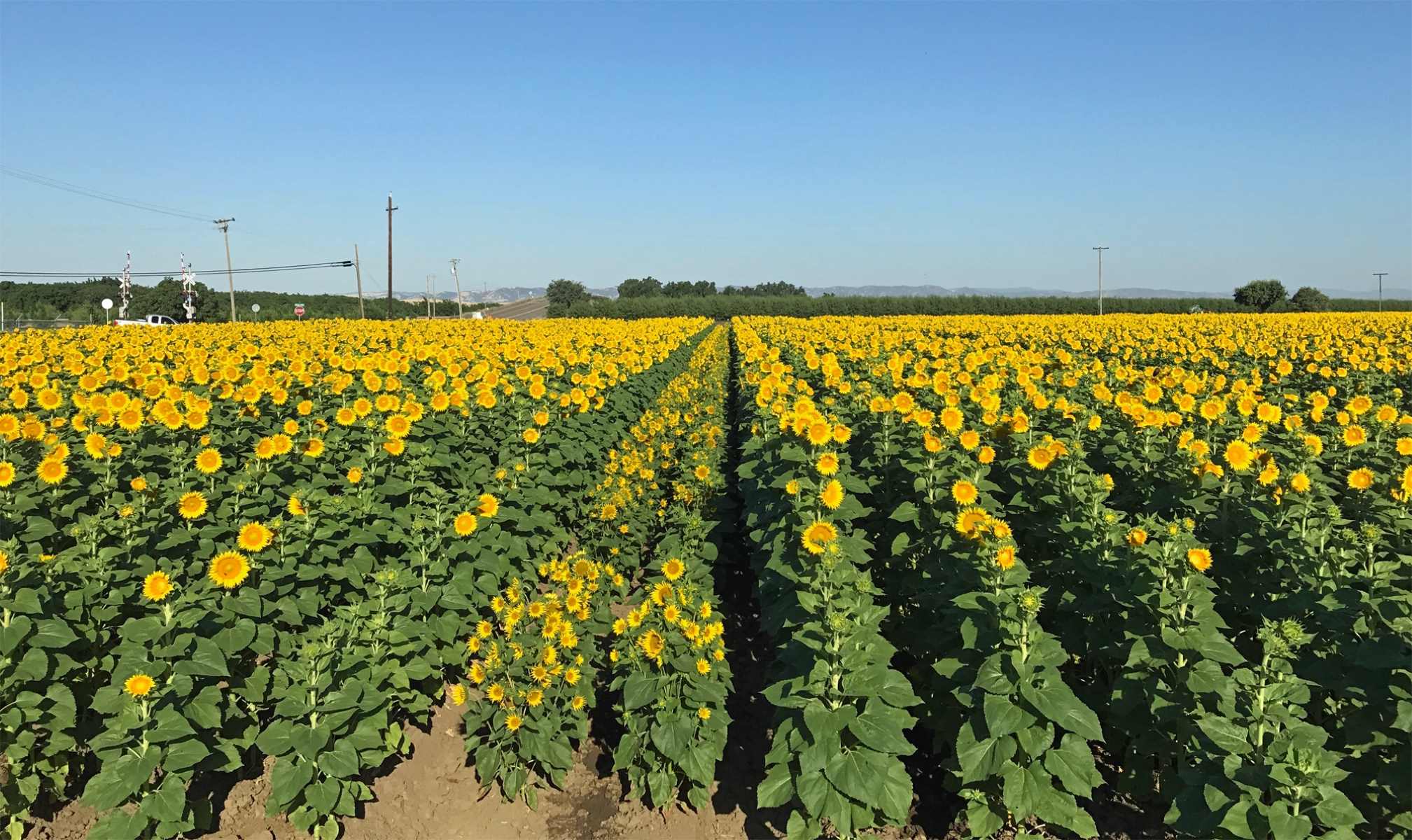
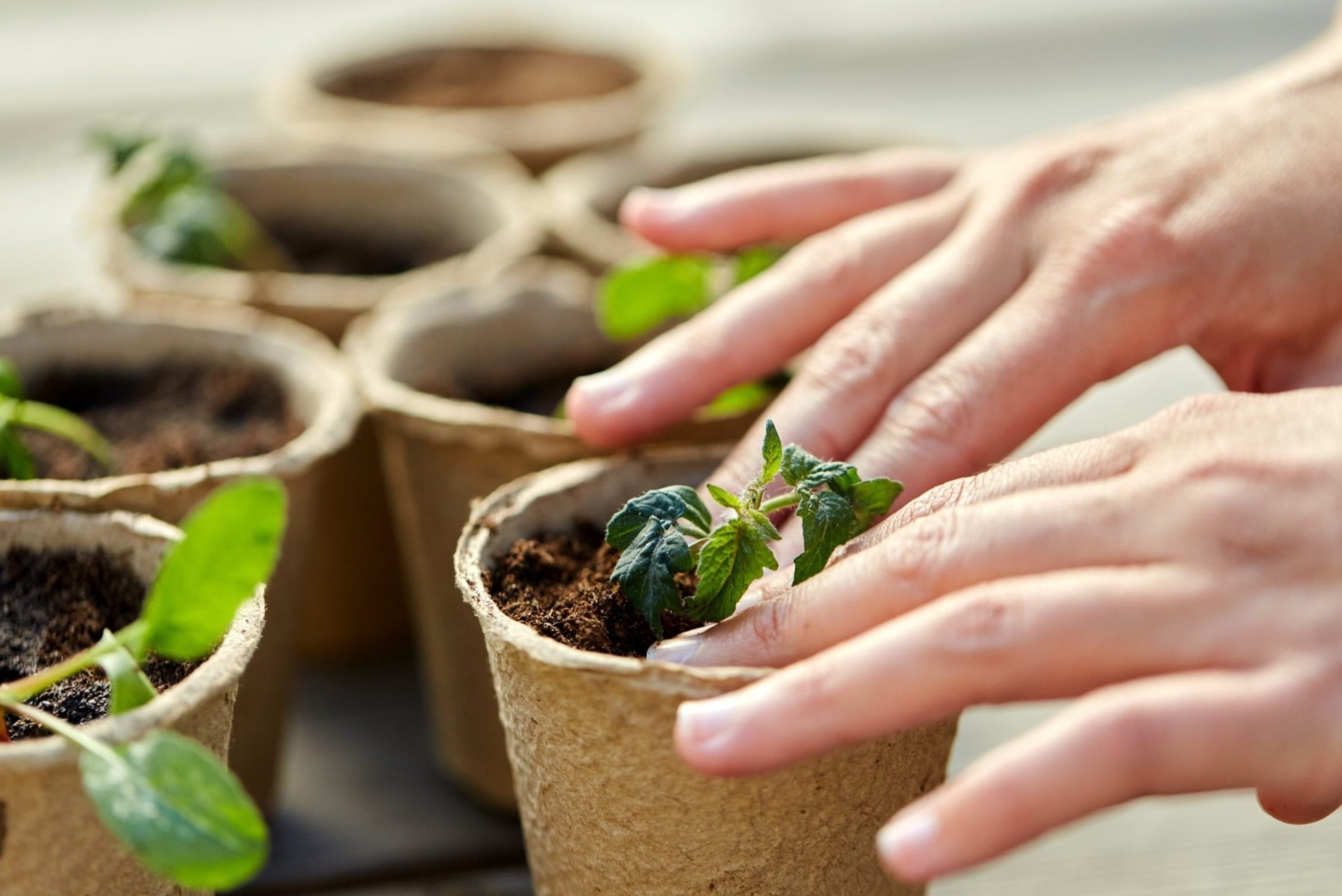
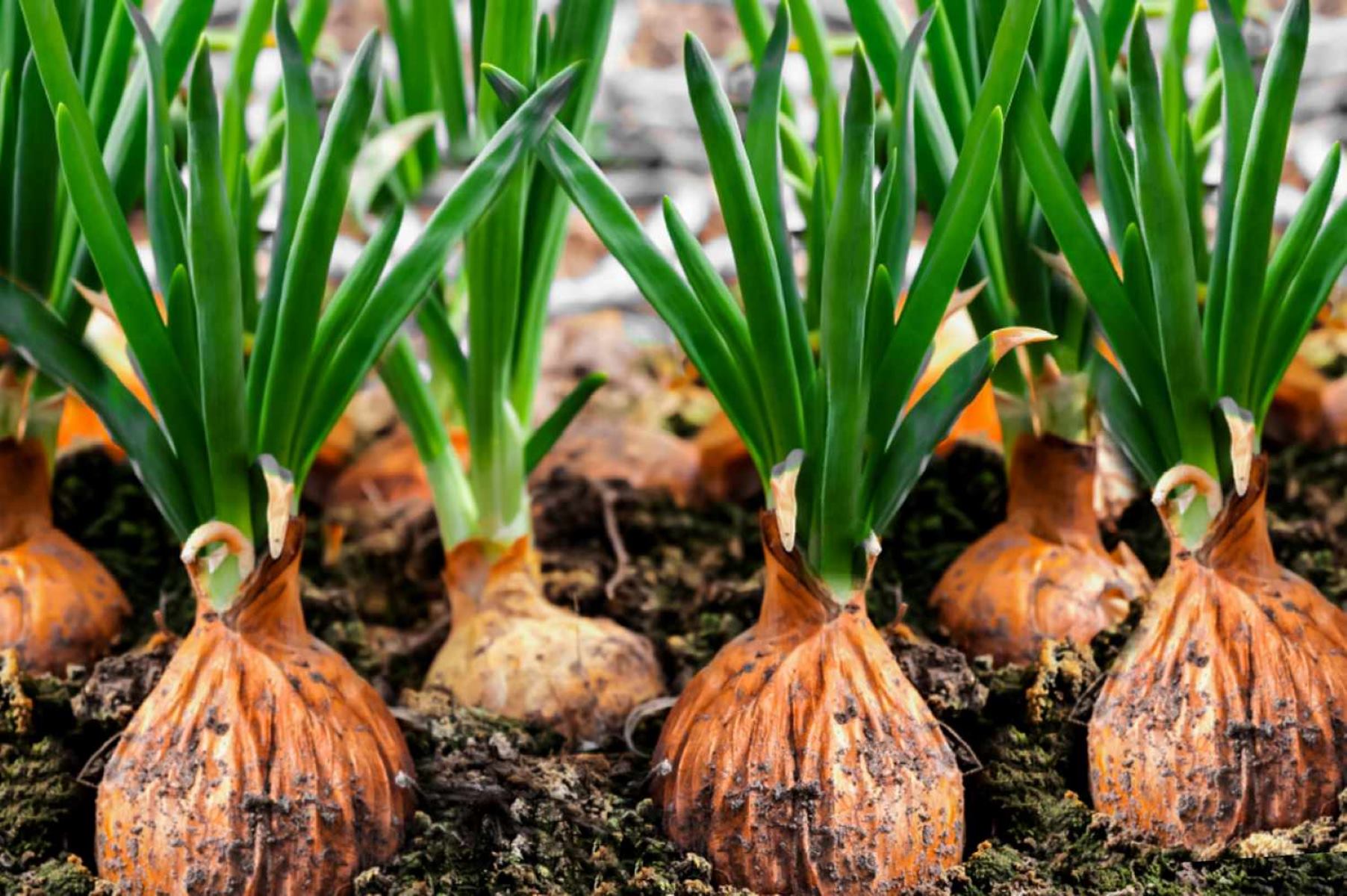
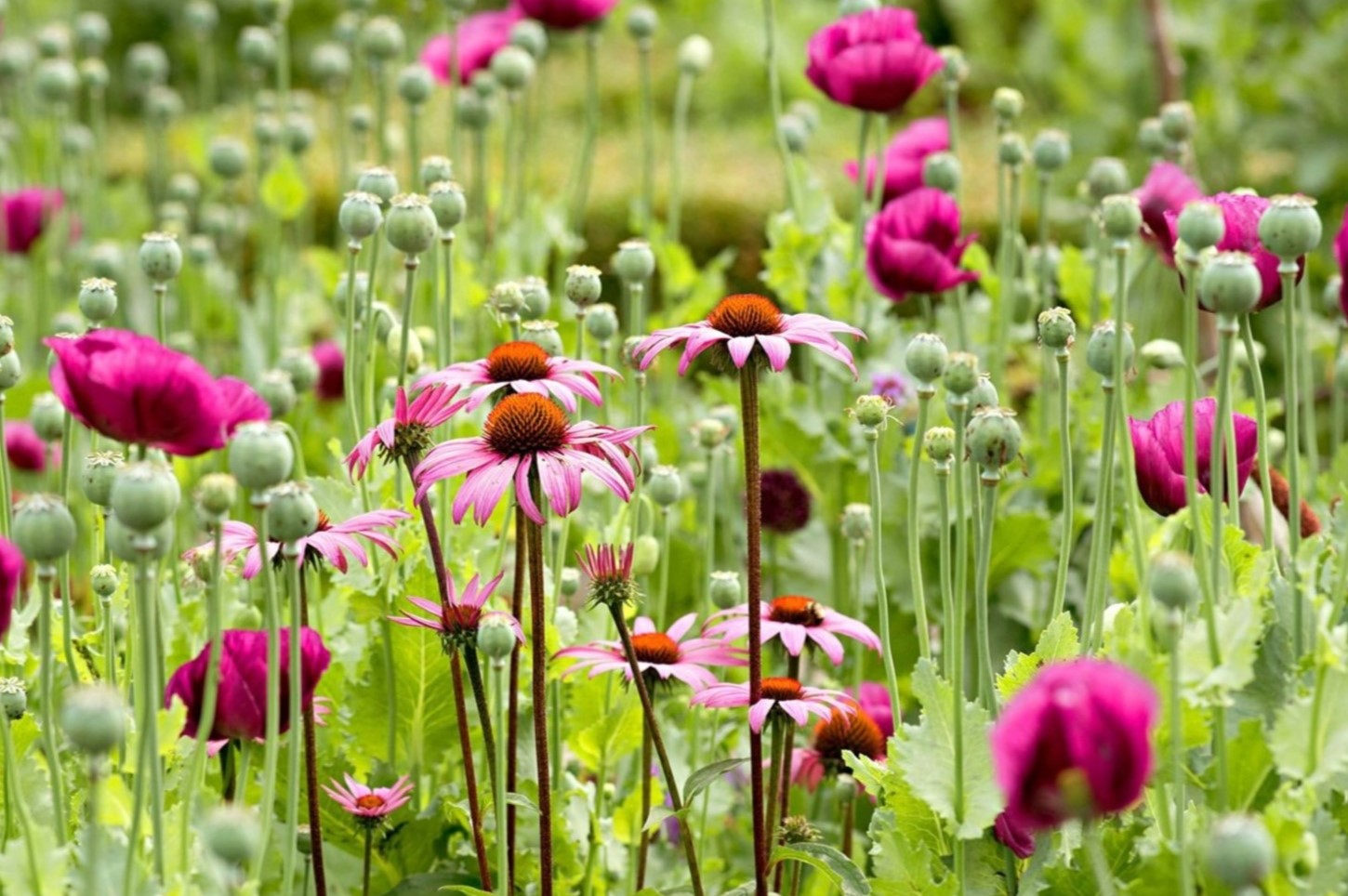
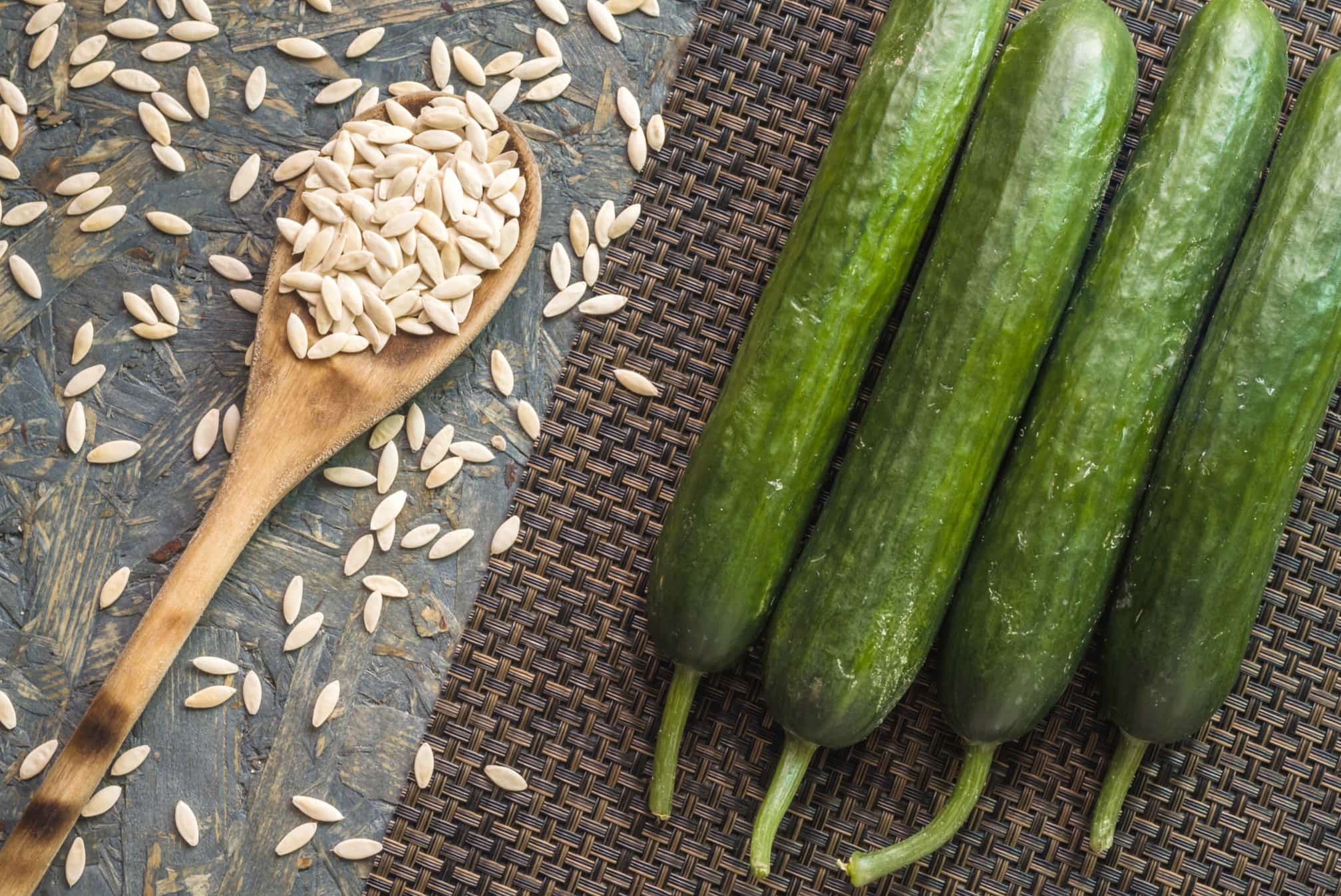
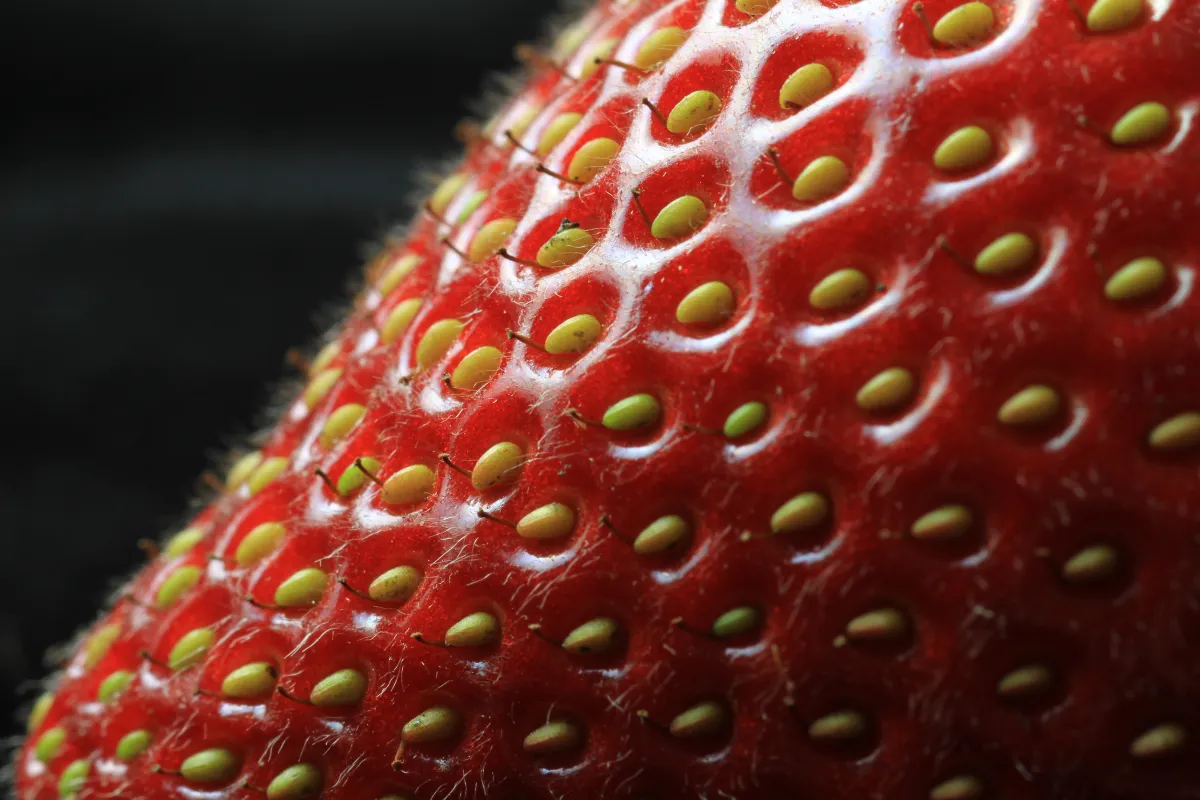
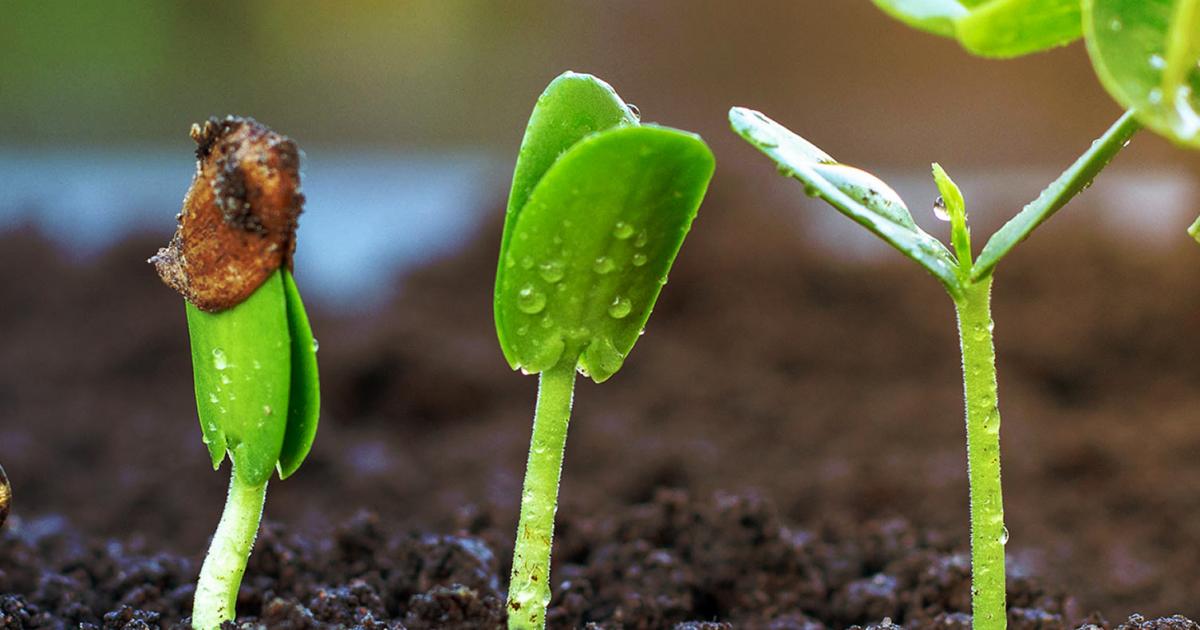
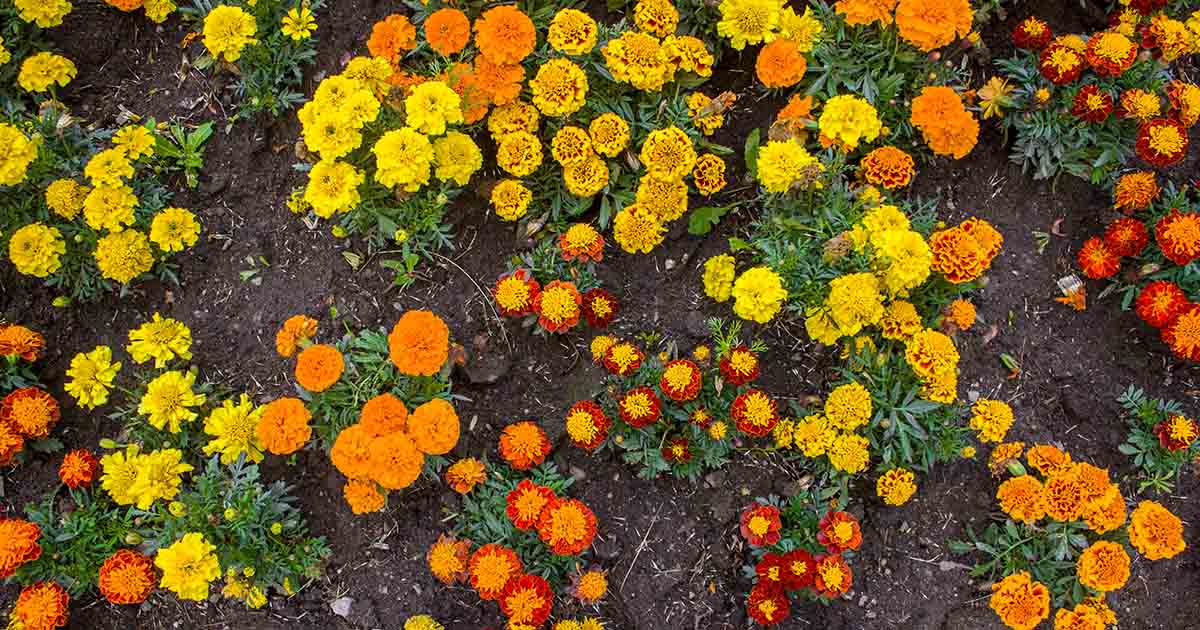
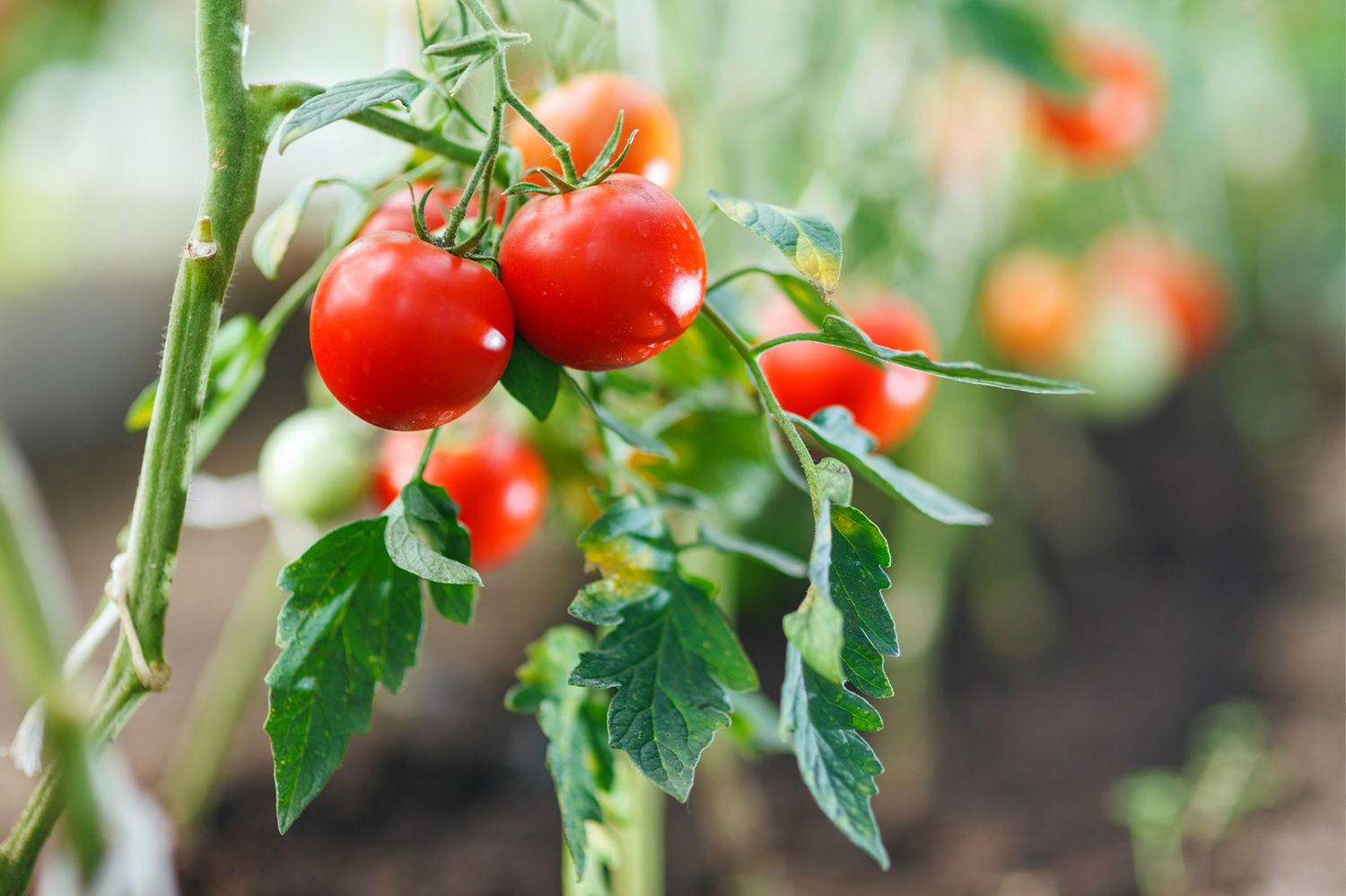
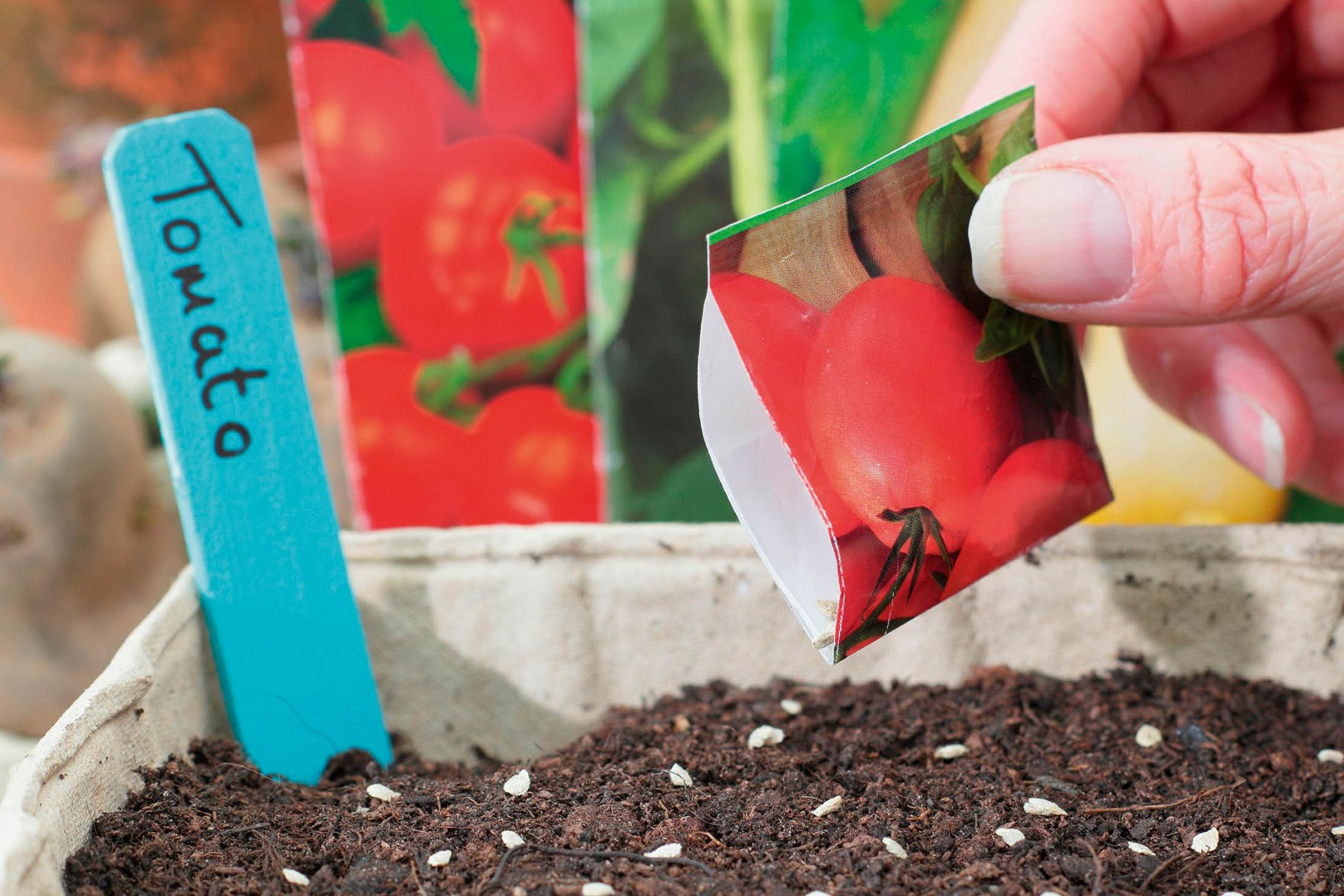
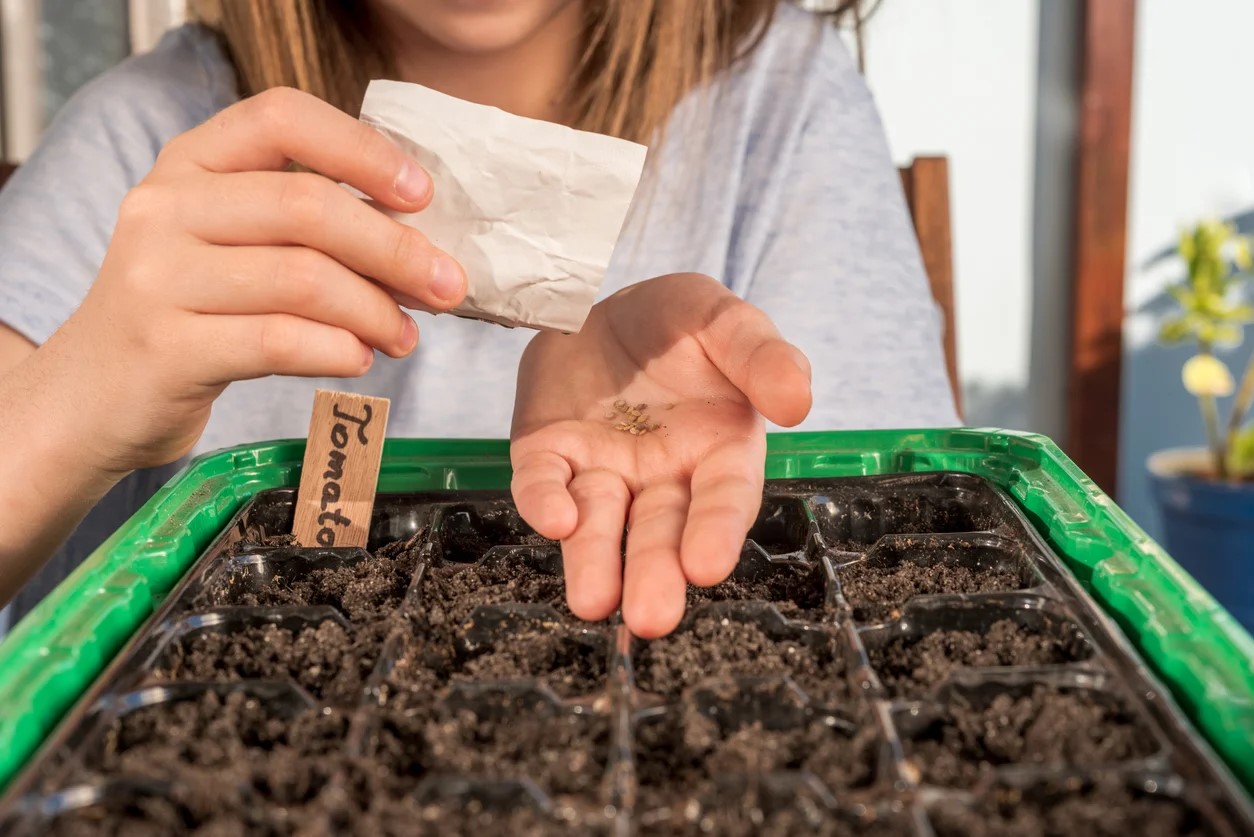
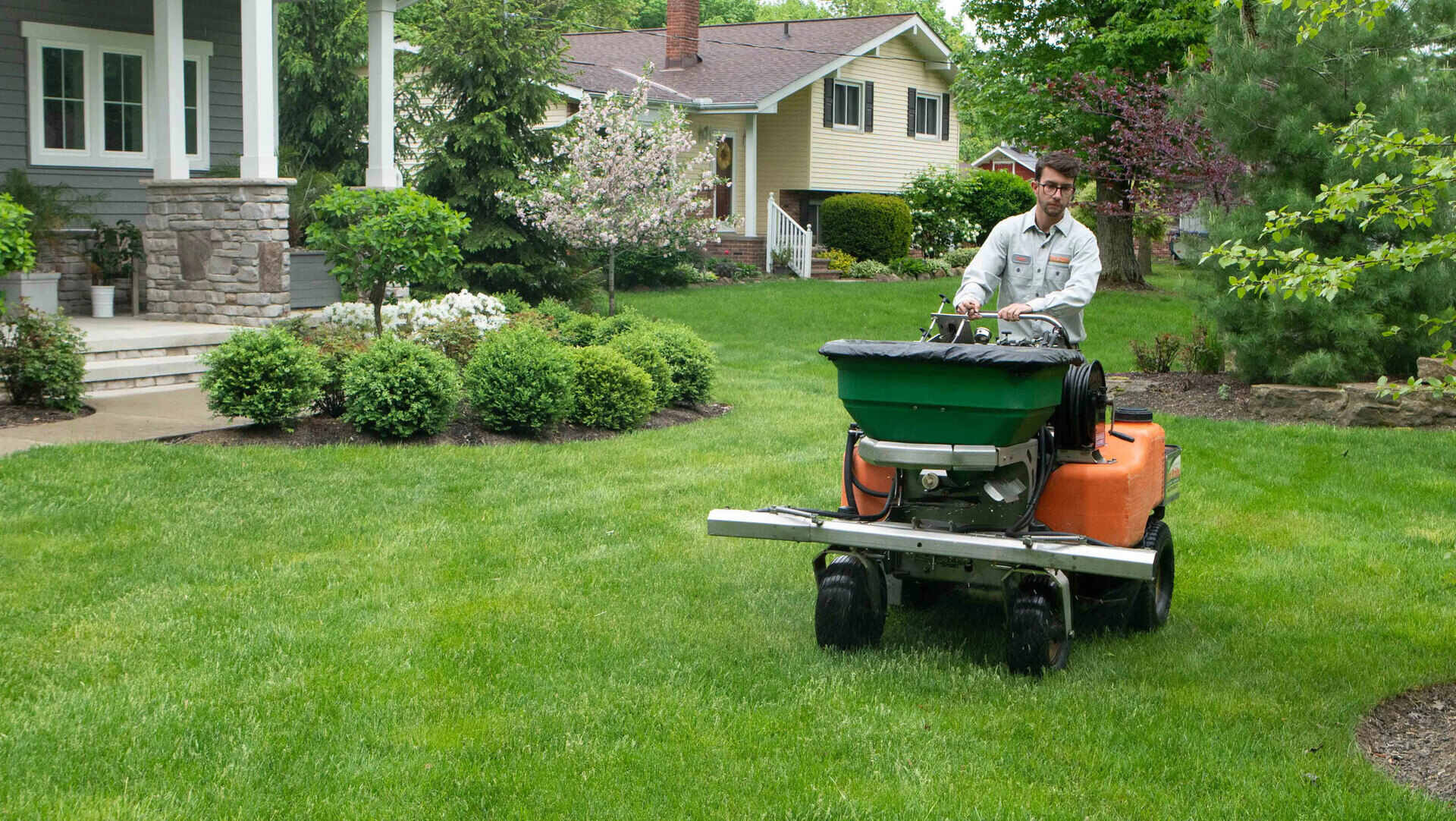

0 thoughts on “When Should Tomato Seeds Be Planted”